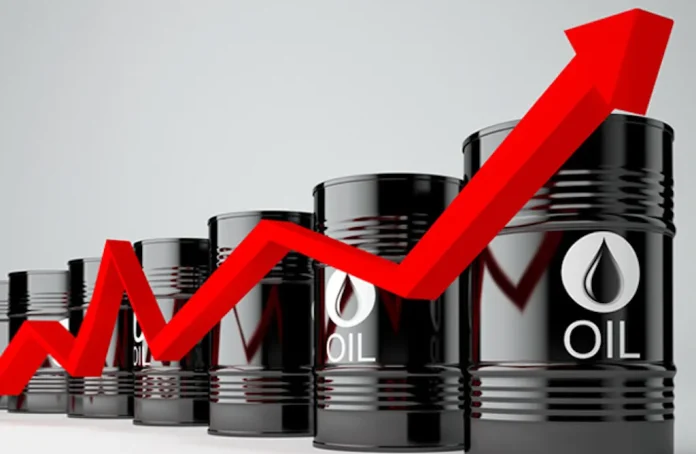Global oil prices edged higher on Wednesday as market concerns over disrupted Russian and Iranian oil flows combined with stronger-than-expected demand signals from the United States, the world’s largest oil consumer.
Brent crude gained 0.5% to reach $77.24 per barrel, while the US benchmark, West Texas Intermediate (WTI), rose by 0.6% to settle at $74.23 per barrel. Analysts at ING noted that stronger physical market conditions and reduced inventory levels in the US supported the upward momentum, with ICE Brent pushing past the $77 mark.
Market jitters were amplified by reports from Shandong, China, where a port operator directed ports to avoid handling US-sanctioned tankers. Shandong, a significant refining hub, heavily relies on Iranian crude oil, and compliance with these directives could further disrupt Iranian oil exports.
Adding to the bullish sentiment, the American Petroleum Institute (API) reported a larger-than-expected decline in US crude oil inventories, which fell by 4.02 million barrels last week. Stocks at Cushing, Oklahoma, the primary US oil storage hub, also dropped by 3.1 million barrels. The sharp inventory drawdown suggests heightened domestic demand and tighter supply conditions in the short term.
Meanwhile, US President Joe Biden’s recent ban on offshore oil and gas drilling along most American coastlines has injected uncertainty into long-term supply prospects. The executive order prevents new leasing across 625 million acres of US ocean territory, aligning with his administration’s climate priorities.
Former President Donald Trump, who has vowed to reverse Biden’s ban following his projected 2025 inauguration, criticised the move. “Banning offshore drilling will not stand. I will reverse it immediately,” Trump stated, pledging to expand domestic production and lower energy costs.
The official US Energy Information Administration (EIA) inventory data, set to be released later on Wednesday, is expected to provide additional insights into market dynamics.
With geopolitical tensions and domestic policy shifts reshaping the energy landscape, analysts predict that oil prices will remain volatile, reflecting a delicate balance between supply constraints and global demand recovery.












